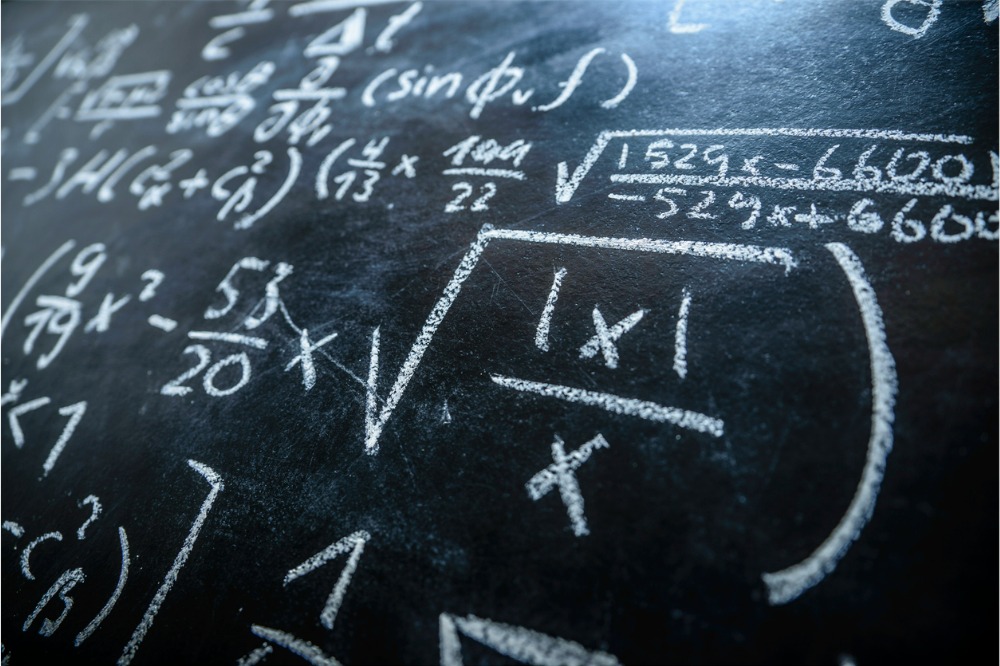
Math teacher shortage has been a lingering problem in Australia, and researchers have a simple solution for this: Train existing teachers to teach Math.
“There have been repeated efforts to address teacher shortages, including trying to retain existing mathematics teachers, having specialist teachers teaching across multiple schools, and higher salaries. There is also a push to train more teachers from scratch, which of course will take many years to implement,” said Mary P. Coupland, associate professor in mathematics and mathematics education at the University of Technology Sydney; Ian Gordon, of the University of Melbourne; and Merrilyn Goos, adjunct professor, University of the Sunshine Coast, in an article published last April 2024.
“There is one strategy, however, that has not yet been given much attention by policymakers: upgrading current teachers’ maths and statistics knowledge and their skills in how to teach these subjects,” they said. “They already have training and expertise in how to teach and a commitment to the profession. Specific training in maths will mean they can move from being out-of-field to “in-field”.”
Training non-math teachers to teach math: How would you do that?
However, to be clear – there are existing teaching training programs that could help “out-of-field” teachers to teach math, but there are some problems, the researchers say.
“For example, some were only targeted at teachers who want to teach maths in the junior and middle years of high school. Some taught university-level maths and others taught school-level maths. Some had government funding support; others could cost students more than A$37,000,” the researchers explained.
Coupland, Gordon, and Goos said, they find this system “confusing” for teachers to navigate, and there is also an issue about the complex differences between states about what qualifies a teacher to be “in-field” for a subject area.
“In the current incentive environment, we found these courses cater to a very small number of teachers. For example, in 2024 in New South Wales this year there are only about 50 government-sponsored places available,” they said. “This is not adequate. Pre-COVID, it was estimated we were losing more than 1,000 equivalent full-time maths teachers per year to attrition and retirement and new graduates were at best in the low hundreds.”
To resolve this, there is a need for accurate national data of every teacher’s content specialisations, they say.
There’s a need for a ‘national approach’
Moreover, there is a need for a national approach in solving the issue of Math teachers shortage as a piecemeal approach would simply not work, the researchers explained.
“It would involve a standard training regime across Australia with government and school-system incentives for people to take up extra training in maths,” the researchers said.
Citing the experience in Ireland, a major upskilling program like this could work.
“In Ireland, where the same problem was identified, the government funds a scheme run by a group of universities. Since 2012, teachers have been able to get a formal qualification (a professional diploma). Between 2009 and 2018 the percentage of out-of-field maths teaching in Ireland dropped from 48% to 25%,” they said.
“To develop a similar scheme here in Australia, we would need coordination between federal and state governments and universities. Based on the Irish experience, it would also require several million dollars in funding,” they added.


